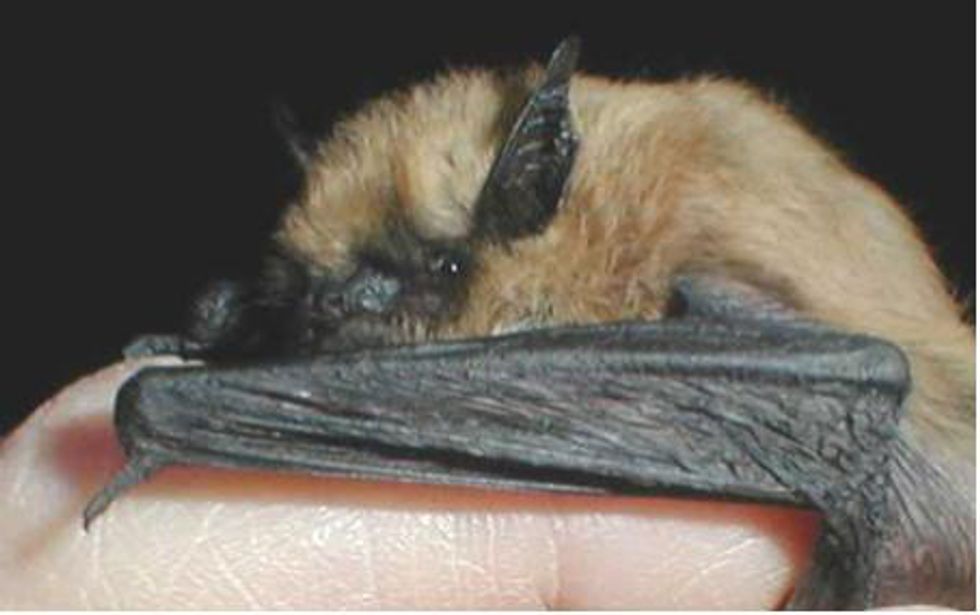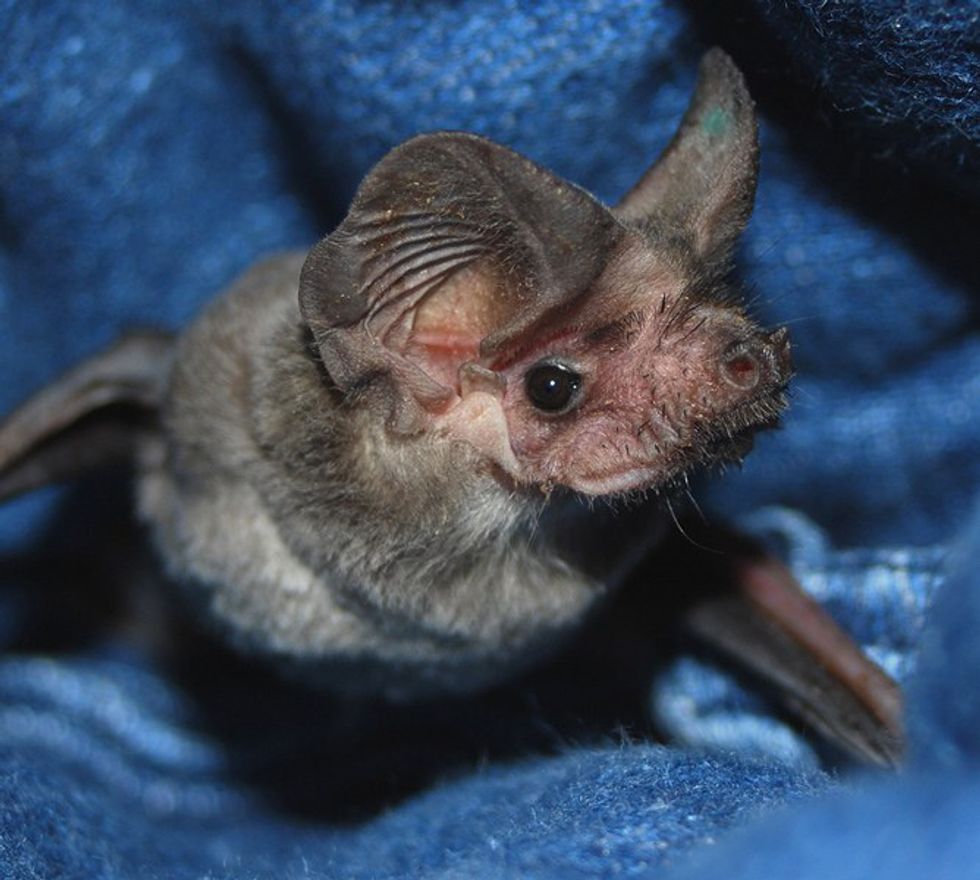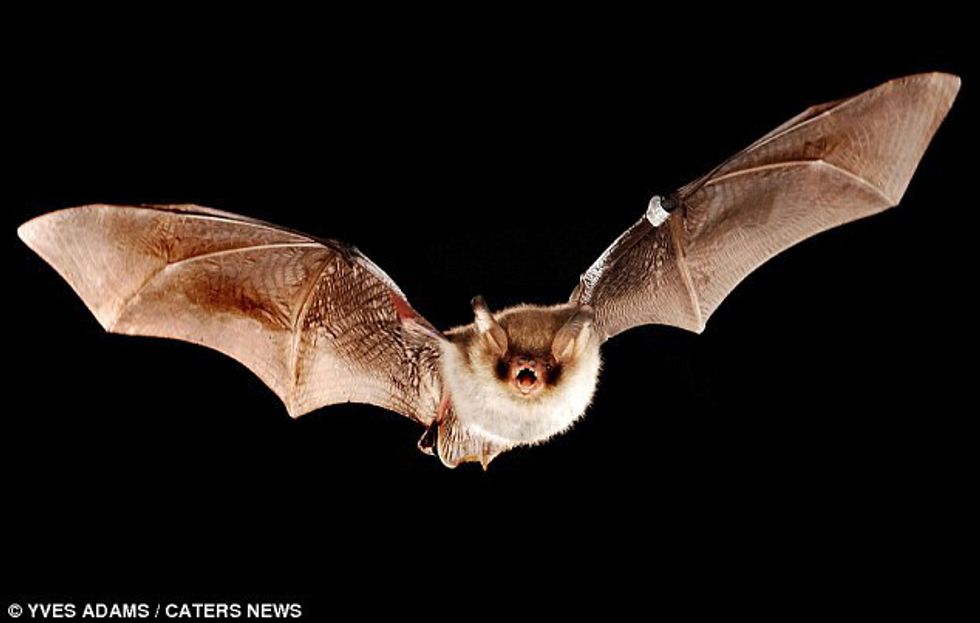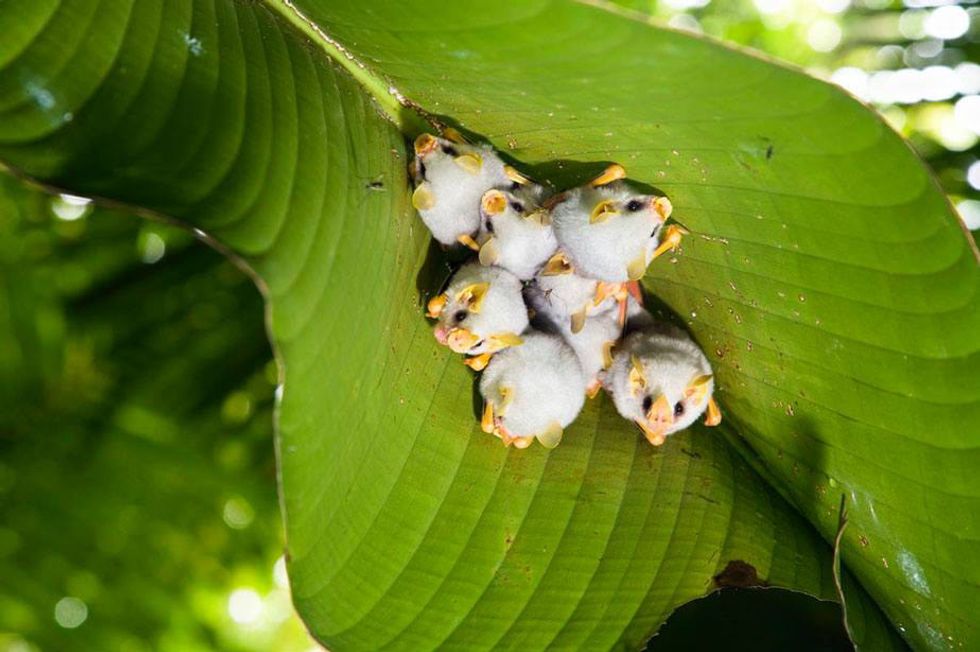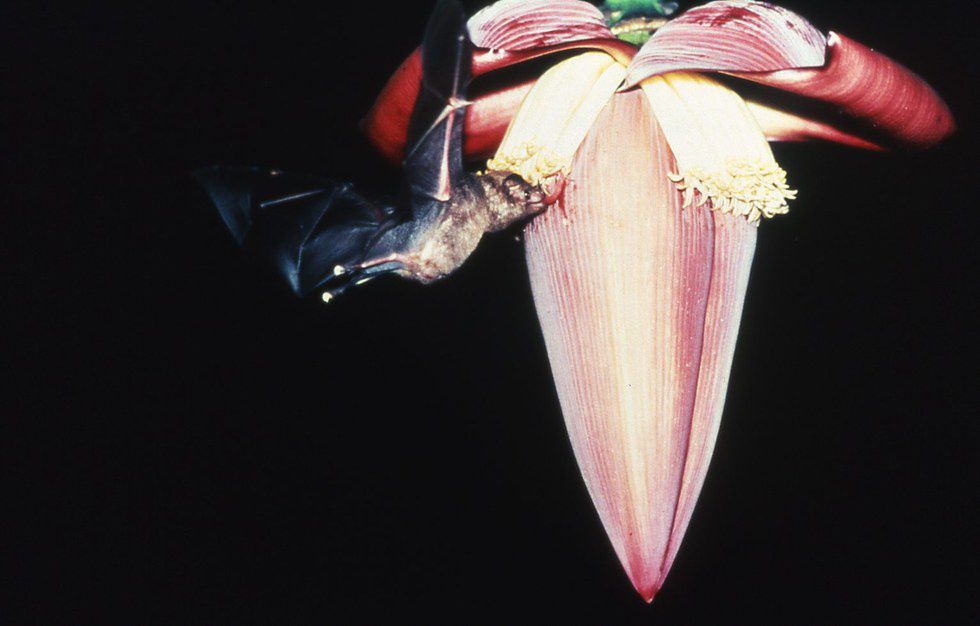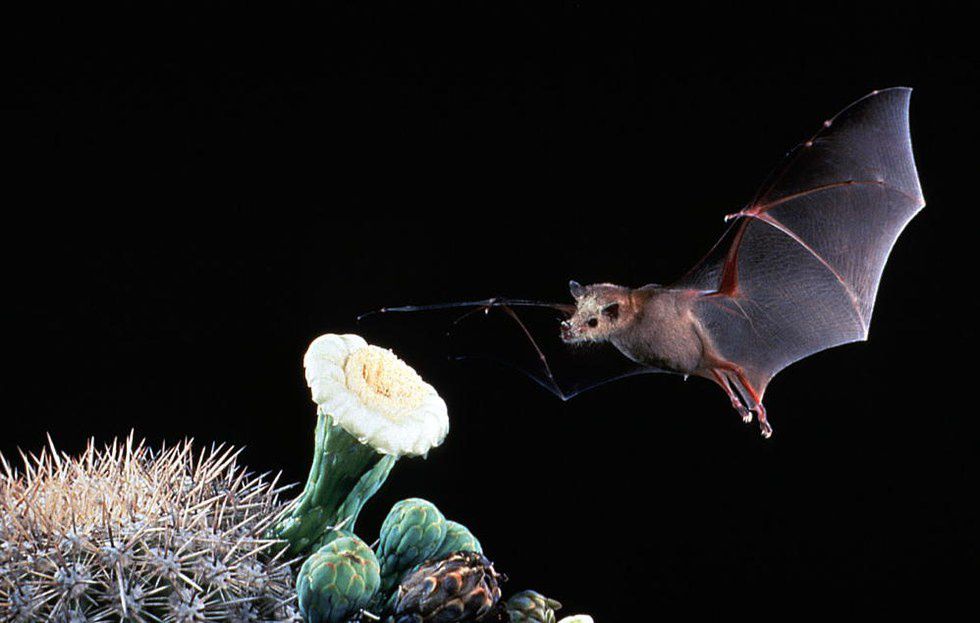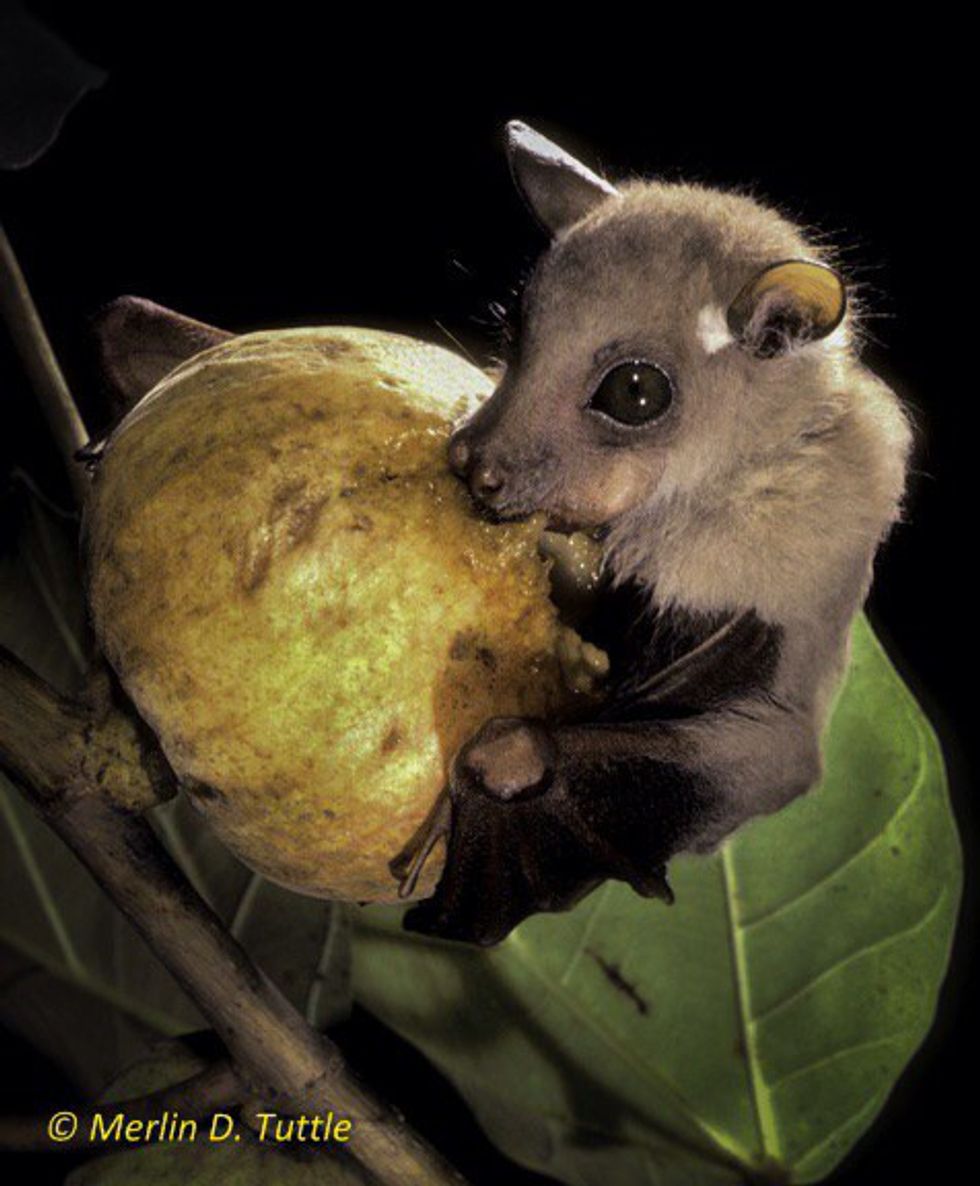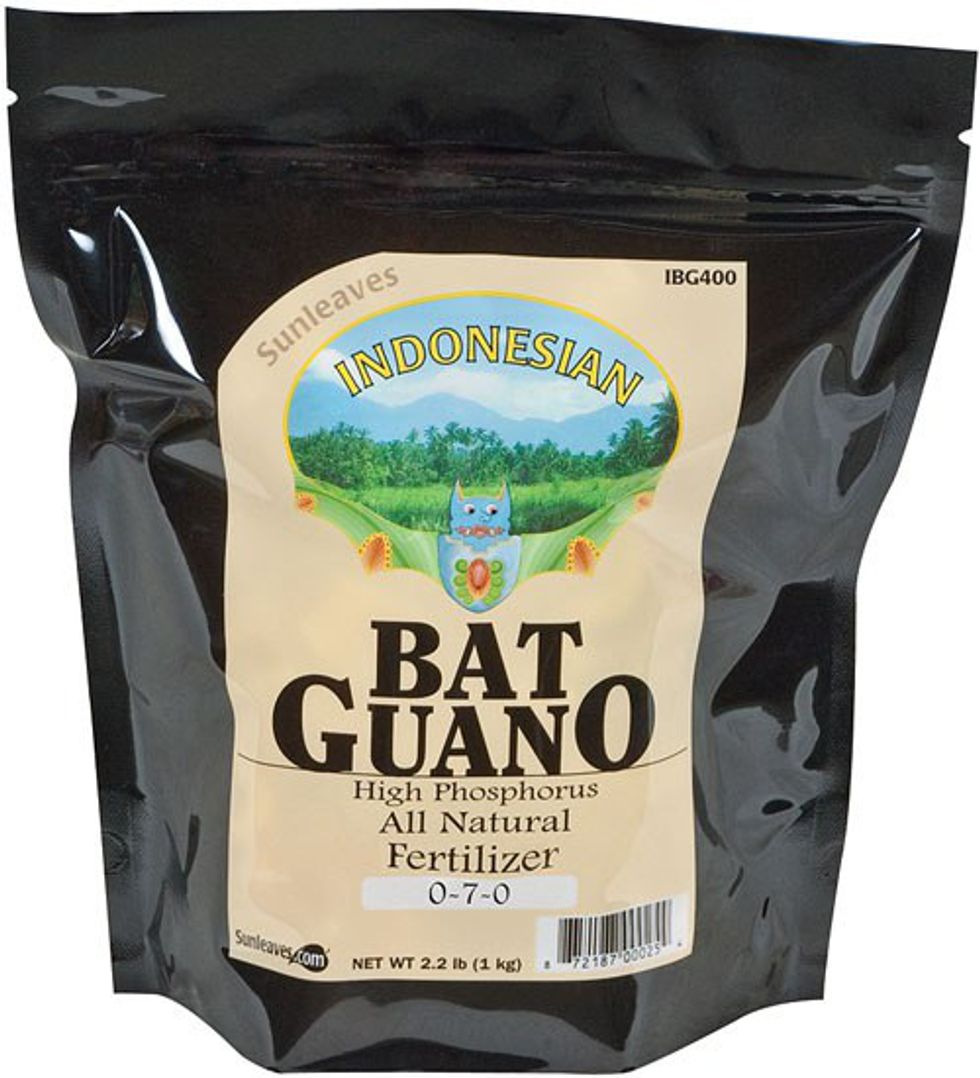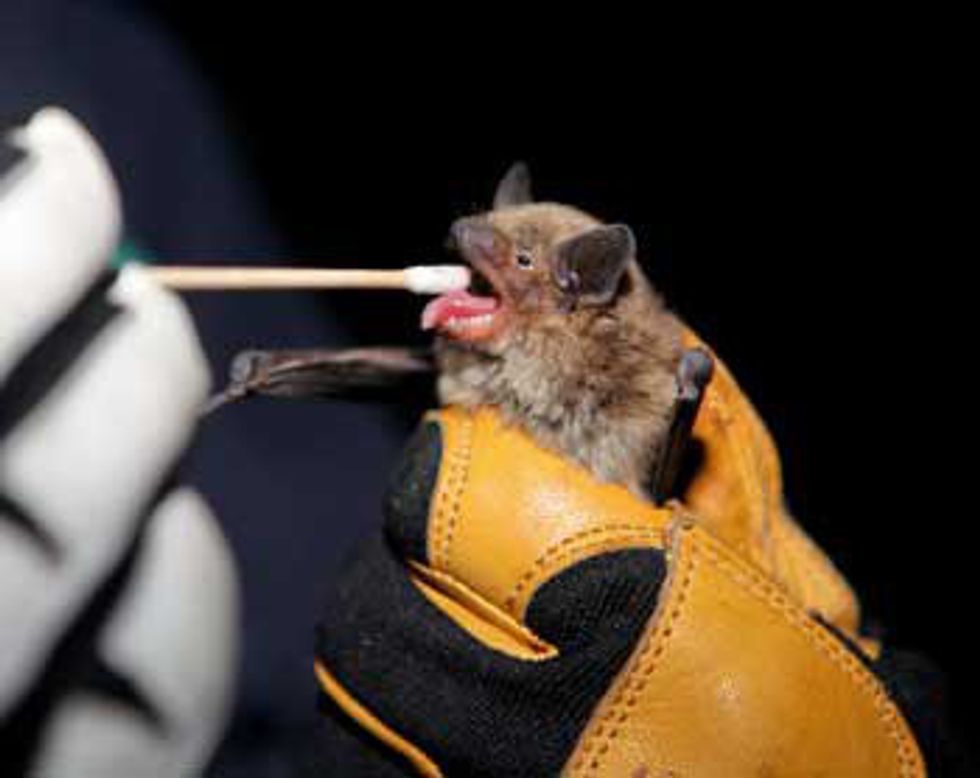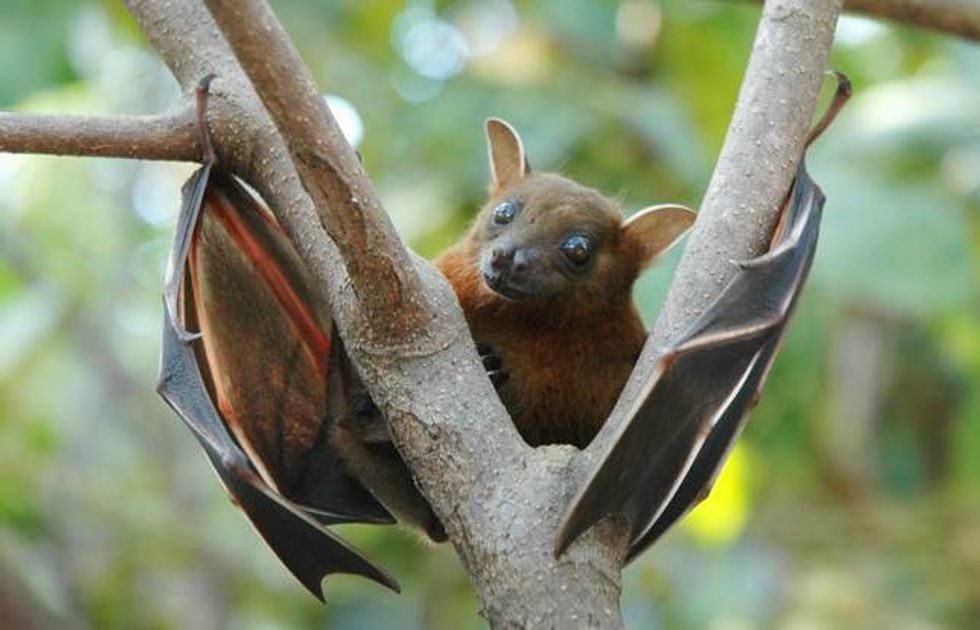It's getting late outside and sometimes you notice that there are birds flying around, but you suddenly realize that the creature flying above you is not a bird, it's a bat. But there's no need to be alarmed or scared they are often portrayed as creepy flighty creatures in Hollywood films but in actuality bats are very harmless and they are very important to our ecosystem, So don’t worry about vampires! Out of 1,200 species of bats, only three are blood-sucking vampires and bats won’t harm humans unless they are threatened. They do, however, help humans by going about their normal business. Why are bats so important you ask? Well I'll explain why these wonderful and misunderstood creatures are so important.
Recommended for you
🦇Paroling for harmful pests 🦇
While some people think bats are pests, some bats are actually pest controllers eating thousands of insects every night. The United Kingdom's (also the United States) bats won’t bite you or suck your blood – but they will help clear the air of bloodsucking mosquitoes! These bats are known as Insectivorous bats, which make up 70 percent of bat species, (most of the insectivorous live in the UK and US) They perform their nocturnal insect control services by consuming millions of pest insects each year. Farmers are grateful to bats because they save billions of dollars of crops each year, while reducing the need for chemical pesticides.That way our local markets can receive organic crops in many parts of the world (as well as the places where the bats roost.)
The Brazilian free-tailed bat has been recognized as an important “pest management service” in cotton farming. Because bats eat so many insects in some regions, they can also reduce the need for pesticide sprays. The mosquitoes are vectors of deadly diseases such as malaria and dengue fever. A single brown bat can eat up to a thousand mosquitoes in one hour! Wow, are you grateful for bats yet? Especially if you are proven to be a fest for these horrific bugs.
Bats not only provide a valuable service for agriculture, There have been many agricultural practices can have a detrimental impact on bats! The Increased use of pesticides may mean that bats go hungry from the lack of insect prey. The destruction of hedgerows and woods in farmland is also concerning, as bats rely on these features for roosting, hunting and getting around.
🦇Pollinating, fertilizing and seed dispersing🦇
You know how some birds sometimes spread seeds of trees and other plants? Well it just so happens bats do that too! You could say that bats are the perfect little gardener. In fact some tropical fruit bats carry seeds inside them as they digest the fruit, then excrete the seeds far away from the original tree. These seeds drop to the ground in their own ready-made fertilizer, which helps them germinate and grow. Why? the reason is because pollinate and disperse seeds, they can even play an important part in helping regrowth after forest clearance.
In recent research on neotropical bats in Central and South American forests suggests. These forests have been cleared and fragmented, while hunting and habitat loss has wiped out some populations of large bodied animals like deer and macaws. It had been thought that without these animals, many large-seeded plants would have no way of dispersing their seeds. However, researchers looked at seed dispersal both at random through the forest and underneath the tents of tentmaker bats. These studies have shown that the number of large seeds under the tents is higher than would occur at random, so tentmaker bats might be playing a crucial role in the dispersal of up to 44-65 large seeded plant species throughout the forest.
Many people are sadly unaware that over 500 plant species rely on bats to pollinate their flowers, including species of mango, banana, cocoa, durian, guava and agave (used to make tequila). So, next time you eat some chocolate, say thanks to the bats! The pollination of plants by bats is called chiropterophily.
Plants that are pollinated by bats often have pale nocturnal flowers (in contrast, bees are mostly attracted to bright, daytime flowers). These flowers are often large and bell shaped. Some bats have evolved to reach the nectar at the bottom. The tube-lipped nectar bat of Ecuador and the banana bat that lives only on the Pacific coast of Mexico both have extraordinarily long tongues for this exact reason. The tube-lipped nectar bat’s tongue is more than one and a half times the length of its body!
Survival for the plant and the bat go hand in hand for example in some parts in Mexico the lesser long-nosed bat that is partly responsible for the pollination of agave plants, used to make mescal and tequila. However, in the majority of tequila production, farmers harvest the plant before it puts out its flowers, meaning it has to reproduce through cloning.
This is bad for bats, as they feed on the flowers as well as pollinating them. It’s also bad for the agave crops, as they lack diversity – all tequila plants in one farming area have been traced to less than a handful of clones. Disease has recently killed off more than a third of the agave plants in some areas, something that might have been avoided by allowing more agave plants to flower and reproduce through pollination.Here's more information to learn about this topic.
Bat droppings or aka guano significant roles for plant dispersal. The only difference between birds and bats method for seed spreading is that the frugivorous bats travel far distances, helping plants to grow and survive in a variety of locations.
Due to their effective seed dispersing of plants such as avocados, figs, cashews, and dates, and their aid in restoring forests, bats have been called “farmers of the tropics.” They are also considered keystone species in many tropical and desert ecosystems, meaning the survival of other species (perhaps even humans) depends on bats! If people buy cow's manure to help their plants then I don't see why not giving the guano a try too!
🦇Prevent sickness🦇
Not only is the bat's droppings useful, it's saliva is too! Scientists have extracted a compound from vampire bat saliva and turned it into medicine (named Draculin.) Studies have fond this anticoagulant drug to be useful for stroke patients. Scientists are also studying bat's resistance to DNA damage and malaria parasites in hopes of learning more about human DNA damage and how to better deal with malaria. There is another study with the saliva that prevents blood clotting and the deadly virus known as thromboemboli which causes blood clots cause blockages in the lungs and brain and can result in death. So if you have a blood clotting problem I'd suggest you have a small vile of bat drool.
So as you can see bats are nothing to be scared of. In fact, bats are facing something very scary themselves: a disease called white-nose syndrome, which has killed over 5 million bats since first appearing in a New York cave in 2006. Bats are also facing mortality from wind turbines, habitat loss, vandalism of their roosts, and as a source of bush meat in other countries. Sadly the population of bats are endangered.
But luckily there has been discoveries of a new species like the Niumbaha so there is a lot of hope that bats won't become extinct. If you are interested there are many ways to help these little guys out.
- Don't cut down old or dead trees
- Create bat house
- If you know where bats are roosting, do not disturb them, especially in early summer (when pups are being born and cant fly) or during the winter (when they are hibernating).
- Become a member of bat conversation group
- Make donations to the National Wildlife Federation
- Sponsor or "Adopt" a bat (These three sites are recommended Bat Conservation International, Bat World Sanctuary, and the Organization for Bat Conservation)
- Sign petitions like this one this or many others about bat safety
- Keeping your dogs or cats inside the household when it's dark outside
But the most important suggestion is to educate your family, friends and who ever loves and cares about animals. Every bat's life is in danger if there isn't something done to protect them from disappearing! Would you really want these little cuties wiped out of our ecosystem? I for one don't not!




